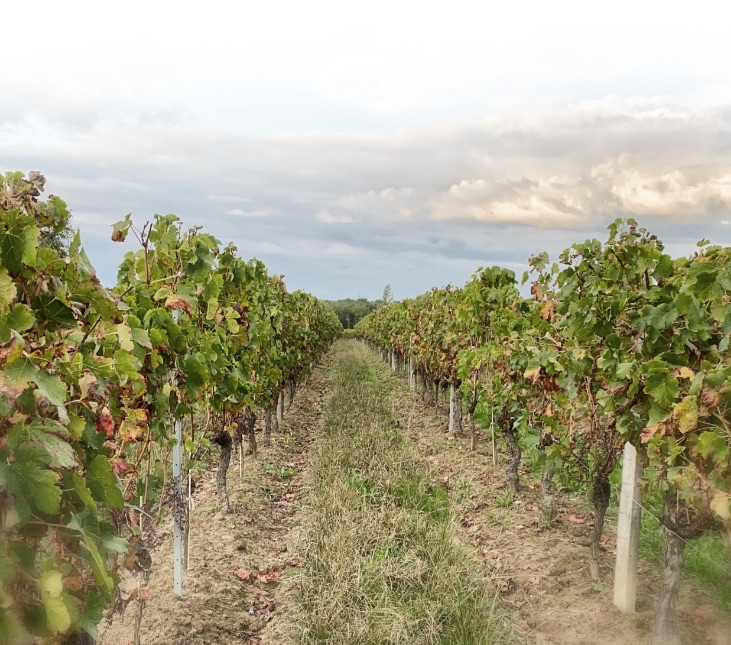The terroir
This terroir is a subtle chemistry, made up of weather, soil, subsoil, terrain, exposure, location, without forgetting human factors. These are essential elements to produce the greatest wines. They allow the typicity of a wine.
Vignobles Lassagne terroirs are eclectic,
offering great aromatic complexity
and a large variety of taste.
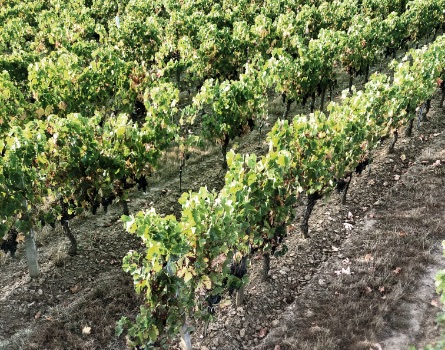
Climate
The various Vignobles Lassagne properties are located in the Libourne area. They enjoy an oceanic and mild micro-climate. Rains are well spread over the year and summers are hot and dry. Two rivers nearby – the Isle and the Dordogne – moderate the summer heat as well as the winter severity, acting as a natural barrier against frost.
The average annual temperature is 12,8°C. The temperature differences are moderate. Rainfalls are well spread over the year and offer excellent conditions to grow vines. However, temperature differences and rainfall can change a lot from one year to another, which gives all its meaning to the “vintage” notion.
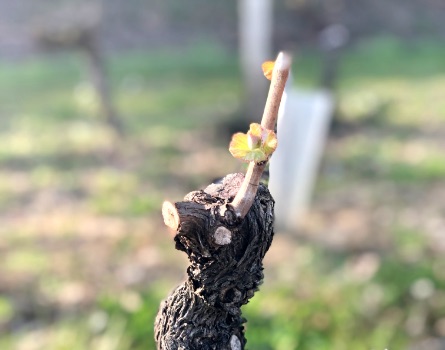
and mild micro-climate.
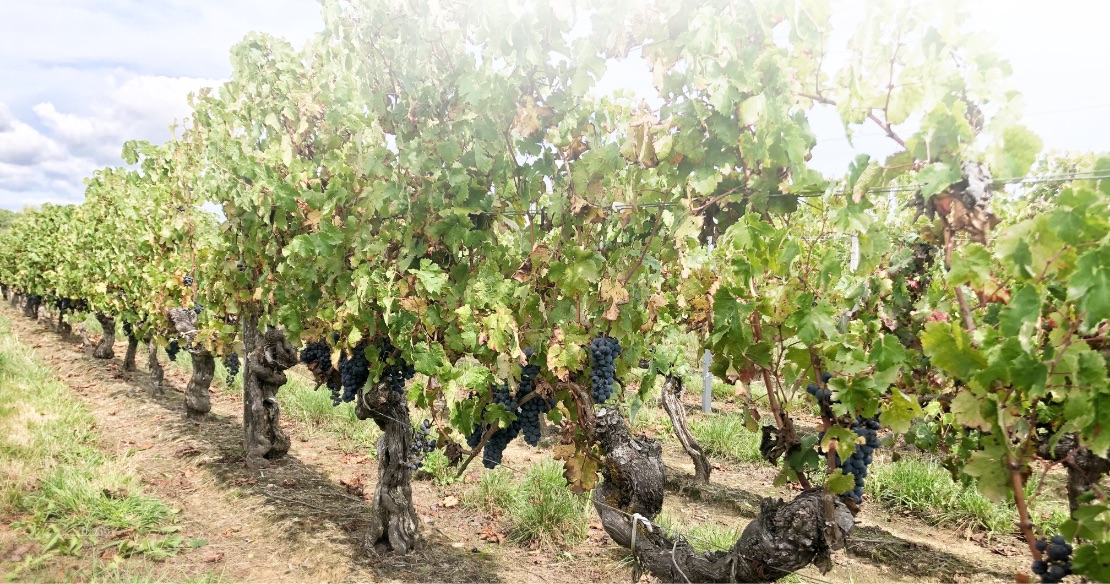
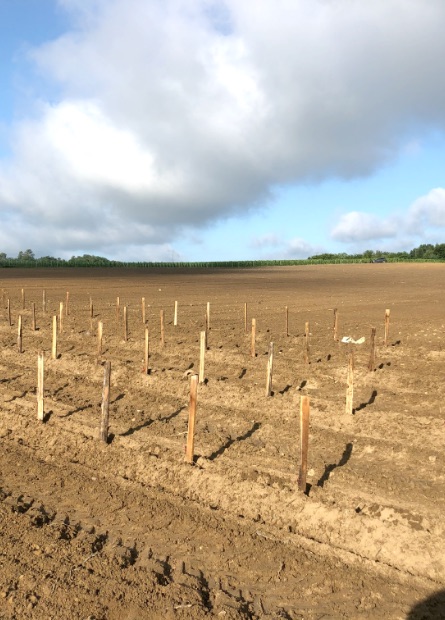
The soils
LUSSAC SAINT-ÉMILION
Located in Lussac-Saint-Emilion, the domain consist of several soils: silty-clay and clay-limestone, that formed during Tertiary and Quaternary geological times. They allow the produced wines to have typicity and consistency.
Clay-limestone soils are to be found south of the property. It is a loam soil with fine clay, counting numerous more or less hard little white rocks. It is every winemakers’ dream to own such balanced soils, mixing clay freshness and limestone filtering properties. These soils are perfect to host Vignobles Lassagne premium grape varieties such as Merlot, Cabernet Franc, Cabernet Sauvignon.
As for Château des Landes Cuvée Prestige, the soils are rich in iron oxide deposits, locally called “crasse de fer”. They play a great deal in the typicity of this cuvée by bringing richness and volume to the tasting.
The soils around the cellars are clay-silty with various amounts of clay. The vines roots go through the first silty layers to reach water in clay that acts as a reservoir.
The produced wines will be spherical and fleshy
with a nice mid-palate density.
AOC Bordeaux
Château des Arnauds is located in Abzac. Its soils and sub-soils consist of gravel that can be red and of a size somewhere between a small rock and coarse sand. Gravels are sometimes mixed with clay, sometimes layers keep adding up. The stones on the surface allow the sun light to reflect on the grapes and therefore enable great ripeness.
Since 2019, another terroir has been part of the Château des Arnauds, a new property located in Artigues de Lussac. It is a beautiful silty-clay plateau of blackish color, with a lesser amount of clay than the soils around the cellars.
The combination of the wines from these two different terroirs offers an impressive tasting result – the generosity of the fruit and the freshness delicacy.

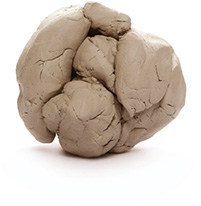
AOC Lalande-de-Pomerol
The Château Maltus’ soils and sub-soils are located on the Lalande-de-Pommerol appellation zone. They are gravelly and mainly consisting of hardened decalcified deposits; turning red with quartz, silex and rich in ferric oxides granites, locally called “crasse de fer”.
The wineyard is located in the former bed of river Isle. Three million years ago water was covering the location of the actual Lalande-de-Pommerol appellation. This typicity gives structure, fullness and finesse to Château Maltus, making it worthy of the greatest wines produced under the Lalande-de-Pommerol appellation and the ones around.

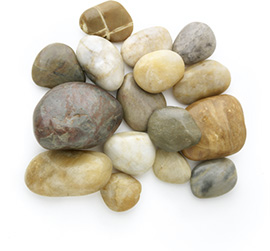
A terroir vineyard.
An authentic wine.

